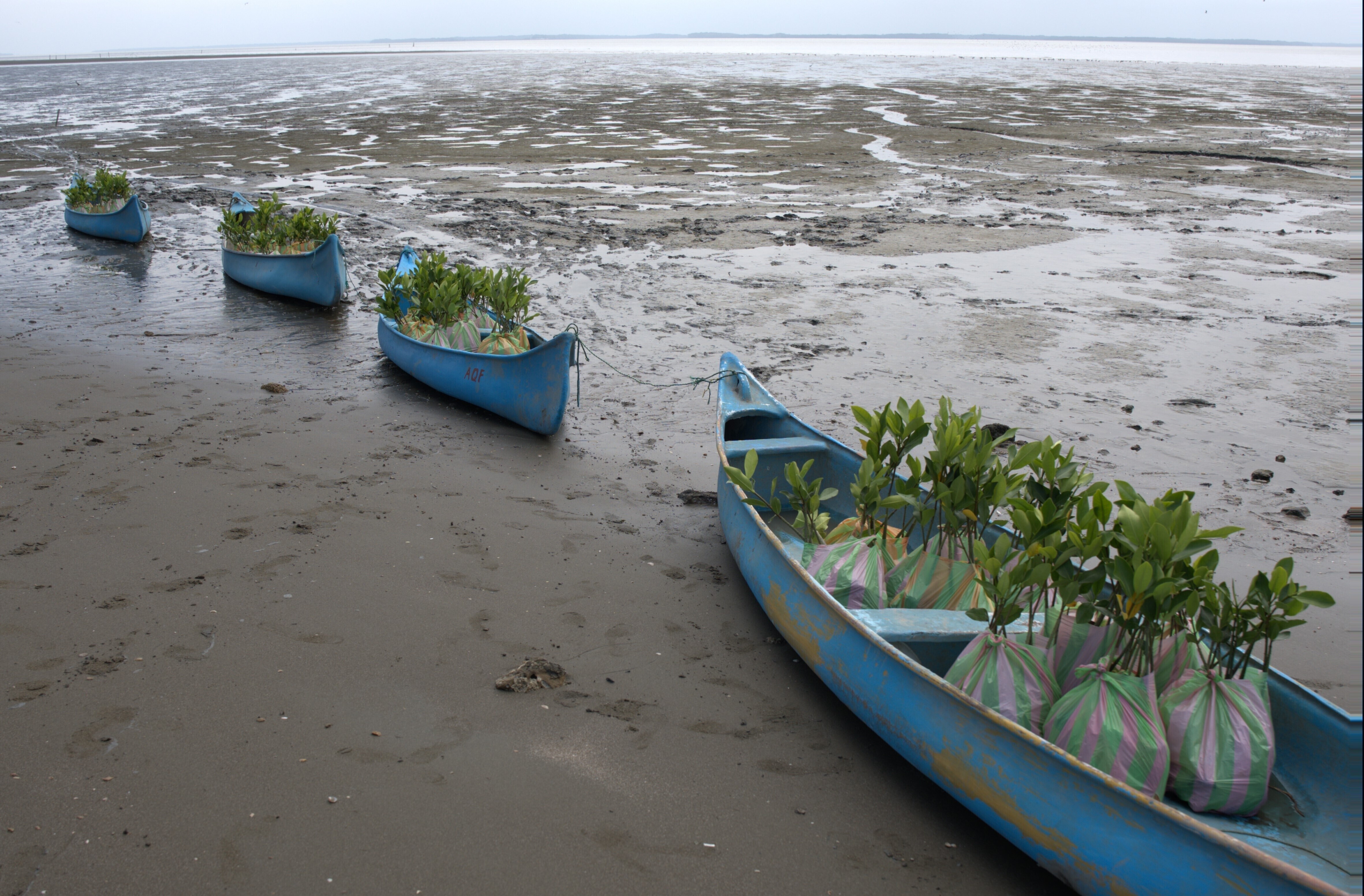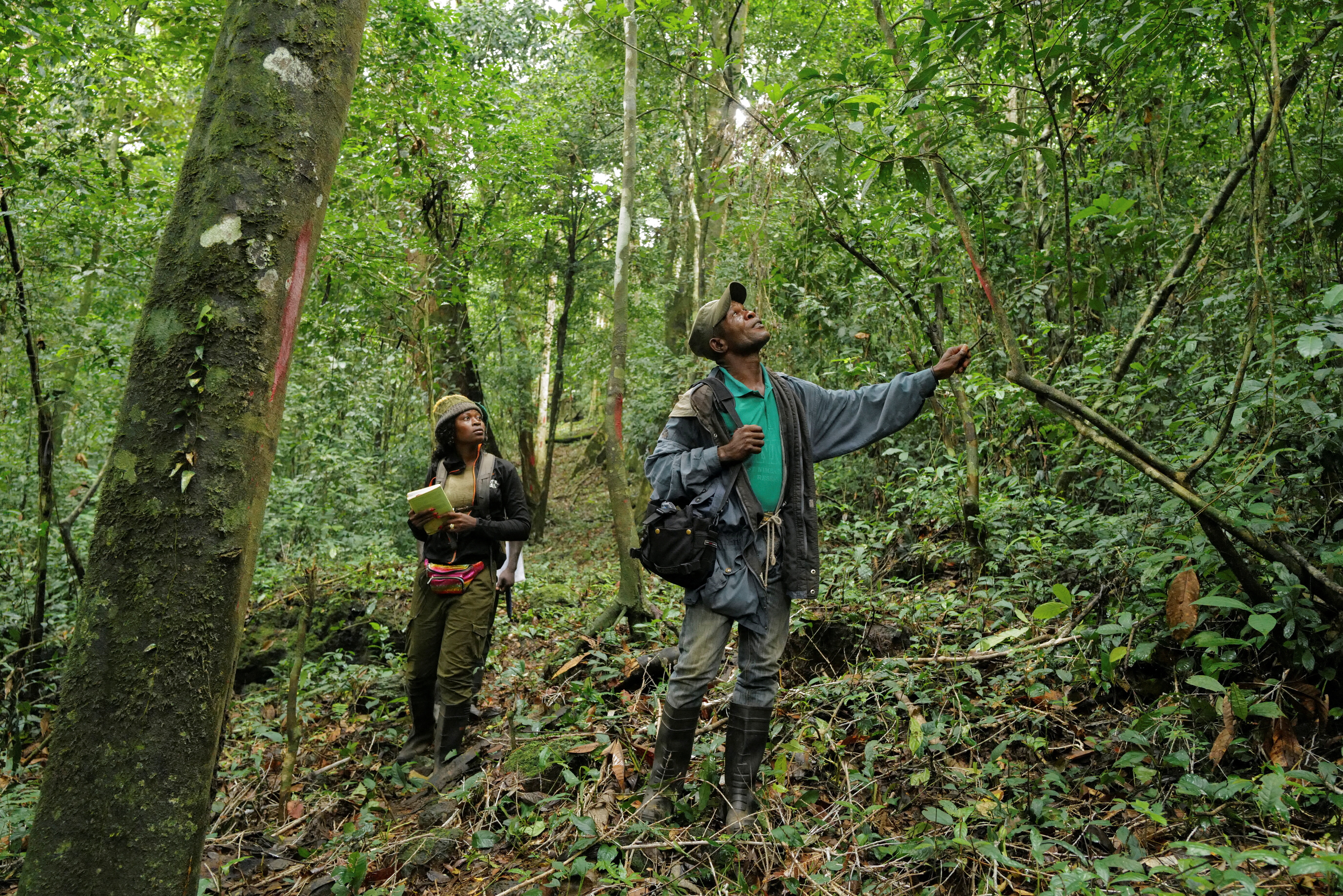This shocking chart shows the true impact of plastic on our planet

Plastic uses 8% of our oil reserves. Image: REUTERS/Cheryl Ravelo (PHILIPPINES)
In February of 2018, a dead sperm whale washed up on along the picturesque shoreline of Cabo de Palos in Spain.
Officials noted that the whale was unusually thin, and a necropsy confirmed that the whale died from an acute abdominal infection. Put simply, the whale ingested so much plastic debris – 67 lbs worth – that its digestive system ruptured.
The plastic problem, visualized
Today’s infographic comes to us from Custom Made, and it helps put the growing marine debris problem in perspective.

A spiraling problem
The equivalent of one garbage truck full of plastic enters the sea every minute and the volume of ocean plastic is expected to triple within a decade.
Every stray bit of trash that enters the ocean, from a frayed fishing net off the coast of the Philippines to a plastic bottle cap from an Oakland storm drain, all end up circulating in rotating ocean currents called gyres.
For this reason, the Pacific Gyre is now better known by another name: The Great Pacific Garbage Patch.
The sum of many plastic parts
The Great Pacific Garbage Patch is often misrepresented online as a literal raft of floating trash stretching as far as the eye can see. The real situation is less visually dramatic, but it’s what we can’t see – microplastic – that’s the biggest problem. Tiny fragments of plastic pose the biggest risks to humans because it’s easy for them to enter the food chain after being ingested by marine life.
While derelict fishing gear such as nets and floats are a contributor to the problem, land-based activity accounts for the majority of the garbage circulating in the ocean. Most of the world’s countries have ocean coastlines, and with so many jurisdictions and varying degrees of environmental scrutiny, truly curbing the flow of plastic isn’t realistic in the near term.
No solution on the horizon
Garbage patches have formed deep in the middle of international waters, so there is no clear cut way to decide who is responsible for cleaning up the mess. Organizations like The Ocean Cleanup are researching ocean gyres and providing better insight into the extent of the plastic problem. The Ocean Cleanup is best positioned to make a real impact, though executing on their vision will require vast resources and substantial funding.
Nobody likes seeing whales wash up on shore, but for now, a fully-scaled solution may still far out on the horizon.
Don't miss any update on this topic
Create a free account and access your personalized content collection with our latest publications and analyses.
License and Republishing
World Economic Forum articles may be republished in accordance with the Creative Commons Attribution-NonCommercial-NoDerivatives 4.0 International Public License, and in accordance with our Terms of Use.
The views expressed in this article are those of the author alone and not the World Economic Forum.
Stay up to date:
Future of the Environment
Forum Stories newsletter
Bringing you weekly curated insights and analysis on the global issues that matter.
More on Nature and BiodiversitySee all
Vicky Stratigaki and Noa Ligot
November 18, 2025






